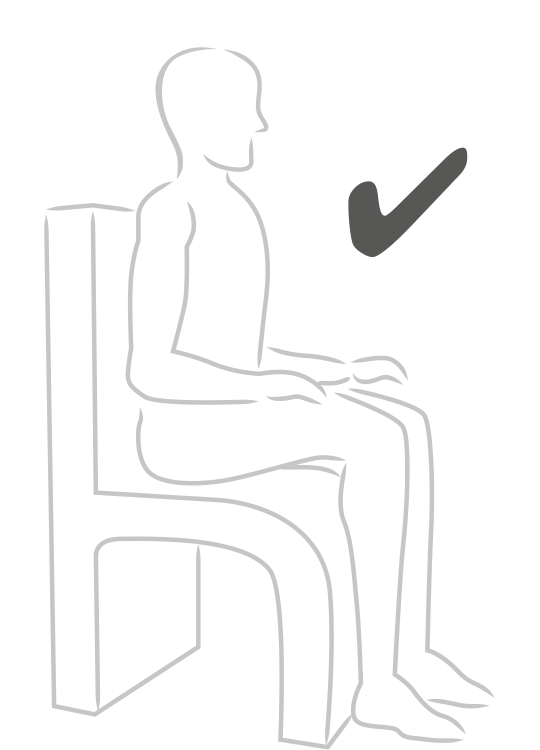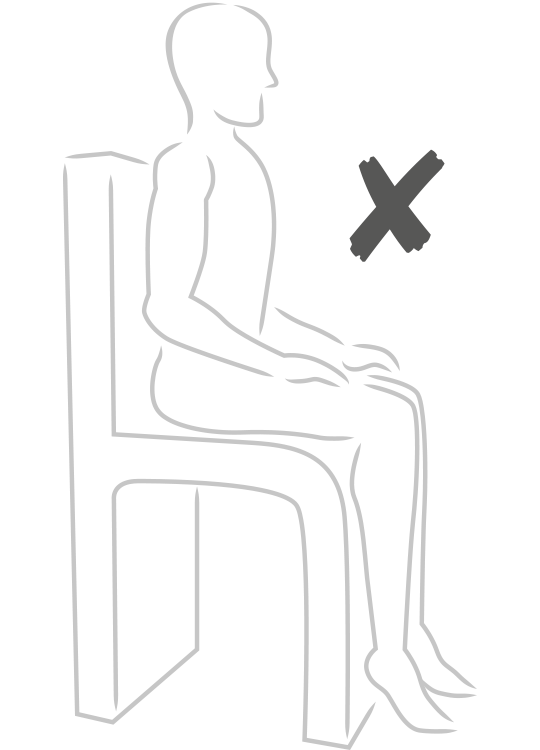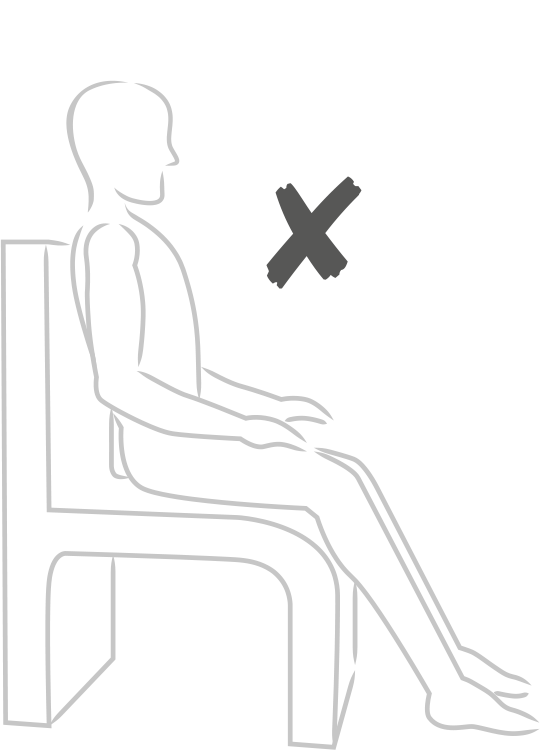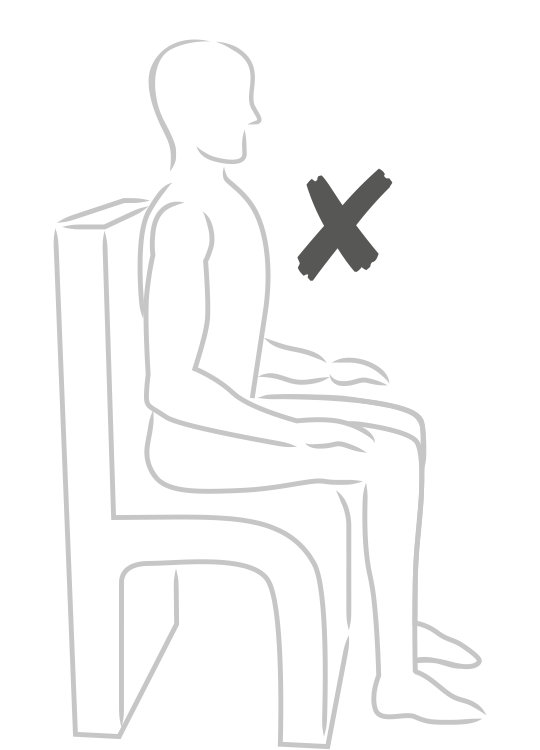Posture Management
One of the main elements in any seating assessment is the review of our client’s posture.
We are often familiar with the ‘do's and don’ts’ when measuring for a chair but in our experience less educated about the evidence base or clinical reasoning surrounding these measurements.
Posture in a seated position for a client with multiple comorbidities can often be quite complex. Assessment therefore needs to be holistic, considering postural support in the context of comfort, pressure care, functional engagement and long-term well-being.
Without good seating a client's health can significantly decline with poor posture impacting on digestion, respiratory tract function, dietary intake, mobility, tissue viability and general well-being.
The benefits therefore if a seat is correctly assessed, prescribed and used are:
- Strain removed from joints and their supporting structures.
- Digestive processes will be supported.
- Dietary intake can be maximised.
- Risks of pressure damage reduced.
- Maximise potential of user to engage in meaningful activity.
- Improves circulation.
- Supports respiratory system by maximising diaphragmatic function.
What to Consider
There are generally three main areas to consider when assessing postural seating needs. The pelvic position is the building block on which the rest of the body is supported therefore if its stable neutral position is not maintained everything relying on it will also be compromised. Once the pelvic position is supported correctly the assessor then needs to consider the client’s ability to maintain trunk control as well as head control which impacts on respiration, communication and functional engagement.
Any one of these areas can be impacted on by physical complexities such as spinal deformity or contractures so it remains even more critical in assessments with identified postural needs that the assessor is able to clearly communicate with the chair supplier distributor using familiar and recognised language or clinical terms.
Accurate measurement is a vital staring point to ensure that you get the fundamentals right. For example:
Seat Height
If the chair is too high the client’s feet won’t be flat on the floor they will slide forward to gain stability and reduce discomfort on the back of the knees when feet are dangling.
This leads to an anterior pelvic tilt which has an impact on pressure and inhibits leaning forward to engage in purposeful activities. Too low and the knees will be higher than the pelvis when seated, so thighs are unsupported and body weight will be concentrated on the buttocks as the pelvis is in a position of posterior tilt.
Seat Width
Too wide and there is reduced lateral support which encourages the client to lean or slump to one side. This alters spinal and pelvic positioning, increasing pressure and reducing pelvic stability. This has an even more significant impact on those who have reduced core muscle strength. Too narrow causes increased friction at the internal park of the femur head, which can lead to restricting movement and positional change.
Seat Depth
If the chair is too deep the client will either sit with pelvis in posterior tilt to reach the back support; leading to sacral seating, or sit with their feet not flat on the floor, both of which can lead to increased shear pressure and reduced postural stability.
A good understanding of posture supporting back cushions is advisable as well as knowledge over the benefits and uses of different chair mechanisms such as recline and tilt-in-space to help manage postural challenges.

Good posture

Too high

Too low

Too wide
Backrest Height
When considering backrest height we need to decide what support is going to be required and where this support is needed. It’s particularly important if head support is required in the chair:
- If the backrest is too short then the head will be unsupported.
- If the backrest is too high then the support of the chair will be in the wrong position and can lead to your client sitting with their head in an unnatural forward leaning position.
Armrest Height
Consider if the armrests are there for postural, comfort or functional reasons. Most people find that having armrests that support their arms so that the shoulders are relaxed, their elbow is in about a 90º flexion position and wrists and hands relaxed is comfortable, but also allows for completion of functional activities in the chair.
The key dimensions of the chair you recommend for your client are critical, and if you get these correct you will enable your client to be comfortable sitting with a good posture, whilst also ensuring good pressure distribution and enabling your client to engage in meaningful activities whilst in the chair.
For a more detailed evaluation of posture please read the Clinical Posture Guide.